A 1908 AUSTRALIA RUGBY UNION JERSEY MATCH-WORN DURING THE WALLABIES INAUGURAL NORTHERN HEMISPHERE TOUR & AS 1908 OLYMPIC WINNERSPale blue with white collar and three buttons, bears embroidered stem of waratah flower above embroidered ‘AUSTRALIA’ which was a distinctive addition to the jersey to indicate the national representative side, interior label for J Pearson, Sydney.Preserved with other important jerseys and caps by Charles Meyrick Pritchard (1882 – 1916) which form a collection entered to this auction by Charlie Pritchard’s great-grandson. In recent years the collection has been archived and exhibited at the World Rugby Museum at Twickenham Stadium.Charlie Pritchard did not play against Australia. He was selected for Monmouthshire v Australia to be played in October 1908, however that match was cancelled due to waterlogged pitch. As a Monmouthshire jersey is not present in the Charlie Pritchard collection, it is possible, perhaps likely, that Pritchard sought out an Australia jersey after the announcement that the match was not to be played.In 1908 Australia embarked on their first Northern Hemisphere tour with matches in Britain, France, and America. The development of Rugby Union in Australia at this point was lagging behind The All Blacks, The Springboks, and the Home Nations. They had no official national colours, so a pale-blue jersey was worn as the tour was organised by the New South Wales Rugby Union, represented by pale blue. Neither did they have a self-appointed nickname such was the fashion for touring nations. Australia’s captain Herbert Moran was aghast to hear that the British press had already labelled them ‘The Rabbits’, so a more fitting and less fluffy moniker was quickly approved by the tourists. They have been known as the Wallabies since.Thirty-five tour matches were scheduled with three Tests, one each against Wales, France, and England. The French Test was also cancelled due to bad weather. Due to the ongoing dispute around amateurism, Ireland and Scotland did not extend invitations to the Wallabies. Their objections on this occasion where in relation to the three shillings daily allowance given to each Australia player.As well as ensuring that they had a tour nickname, the Australian tour organisers team felt it necessary to follow in the success of the New Zealand’s Haka and the Springbok’s Zulu-infused battle-cry. So, the Wallabies invented their own war-cry to be performed before most matches. But in contrast to the All Blacks stirring rituals, the Australia’s Aboriginal inspired efforts left many spectators cringing into their overcoats and was viewed sneeringly by the British press. Such theatre became even more surreal in Cardiff before their match against Wales, when Welshman Percy Bush responded to the Australian war-cry by charging onto the pitch brandishing a sword and shield - intended to be an amusing riposte!Few people suggested the team would do well in their British tour. Australia was still finding their feet and it would have been a mighty challenge to follow the PR successes of New Zealand in 1905 and South Africa in 1906. The doubts about the ability of the tourists were confounded by the British press who continuously patronised the emerging rugby nation by reflecting on the teams' first twelve international matches which resulted in only a single win. But against limited expectations, the Australians performed admirably, winning 25 of 31 matches and with some commentators conceding that the team would have achieved better results if they had not picked up so many unlucky injuries including two players breaking legs (one of them while the player was performing touch-judge duties).Of the Test matches, the team lost against Wales, but beat England. These matches were the first ever encounters between an Australian team and their hosts. The Wallabies scored a credible 438 points on tour to 149 against, scoring 104 tries in the process and averaging better than three tries per g
A 1908 AUSTRALIA RUGBY UNION JERSEY MATCH-WORN DURING THE WALLABIES INAUGURAL NORTHERN HEMISPHERE TOUR & AS 1908 OLYMPIC WINNERSPale blue with white collar and three buttons, bears embroidered stem of waratah flower above embroidered ‘AUSTRALIA’ which was a distinctive addition to the jersey to indicate the national representative side, interior label for J Pearson, Sydney.Preserved with other important jerseys and caps by Charles Meyrick Pritchard (1882 – 1916) which form a collection entered to this auction by Charlie Pritchard’s great-grandson. In recent years the collection has been archived and exhibited at the World Rugby Museum at Twickenham Stadium.Charlie Pritchard did not play against Australia. He was selected for Monmouthshire v Australia to be played in October 1908, however that match was cancelled due to waterlogged pitch. As a Monmouthshire jersey is not present in the Charlie Pritchard collection, it is possible, perhaps likely, that Pritchard sought out an Australia jersey after the announcement that the match was not to be played.In 1908 Australia embarked on their first Northern Hemisphere tour with matches in Britain, France, and America. The development of Rugby Union in Australia at this point was lagging behind The All Blacks, The Springboks, and the Home Nations. They had no official national colours, so a pale-blue jersey was worn as the tour was organised by the New South Wales Rugby Union, represented by pale blue. Neither did they have a self-appointed nickname such was the fashion for touring nations. Australia’s captain Herbert Moran was aghast to hear that the British press had already labelled them ‘The Rabbits’, so a more fitting and less fluffy moniker was quickly approved by the tourists. They have been known as the Wallabies since.Thirty-five tour matches were scheduled with three Tests, one each against Wales, France, and England. The French Test was also cancelled due to bad weather. Due to the ongoing dispute around amateurism, Ireland and Scotland did not extend invitations to the Wallabies. Their objections on this occasion where in relation to the three shillings daily allowance given to each Australia player.As well as ensuring that they had a tour nickname, the Australian tour organisers team felt it necessary to follow in the success of the New Zealand’s Haka and the Springbok’s Zulu-infused battle-cry. So, the Wallabies invented their own war-cry to be performed before most matches. But in contrast to the All Blacks stirring rituals, the Australia’s Aboriginal inspired efforts left many spectators cringing into their overcoats and was viewed sneeringly by the British press. Such theatre became even more surreal in Cardiff before their match against Wales, when Welshman Percy Bush responded to the Australian war-cry by charging onto the pitch brandishing a sword and shield - intended to be an amusing riposte!Few people suggested the team would do well in their British tour. Australia was still finding their feet and it would have been a mighty challenge to follow the PR successes of New Zealand in 1905 and South Africa in 1906. The doubts about the ability of the tourists were confounded by the British press who continuously patronised the emerging rugby nation by reflecting on the teams' first twelve international matches which resulted in only a single win. But against limited expectations, the Australians performed admirably, winning 25 of 31 matches and with some commentators conceding that the team would have achieved better results if they had not picked up so many unlucky injuries including two players breaking legs (one of them while the player was performing touch-judge duties).Of the Test matches, the team lost against Wales, but beat England. These matches were the first ever encounters between an Australian team and their hosts. The Wallabies scored a credible 438 points on tour to 149 against, scoring 104 tries in the process and averaging better than three tries per g


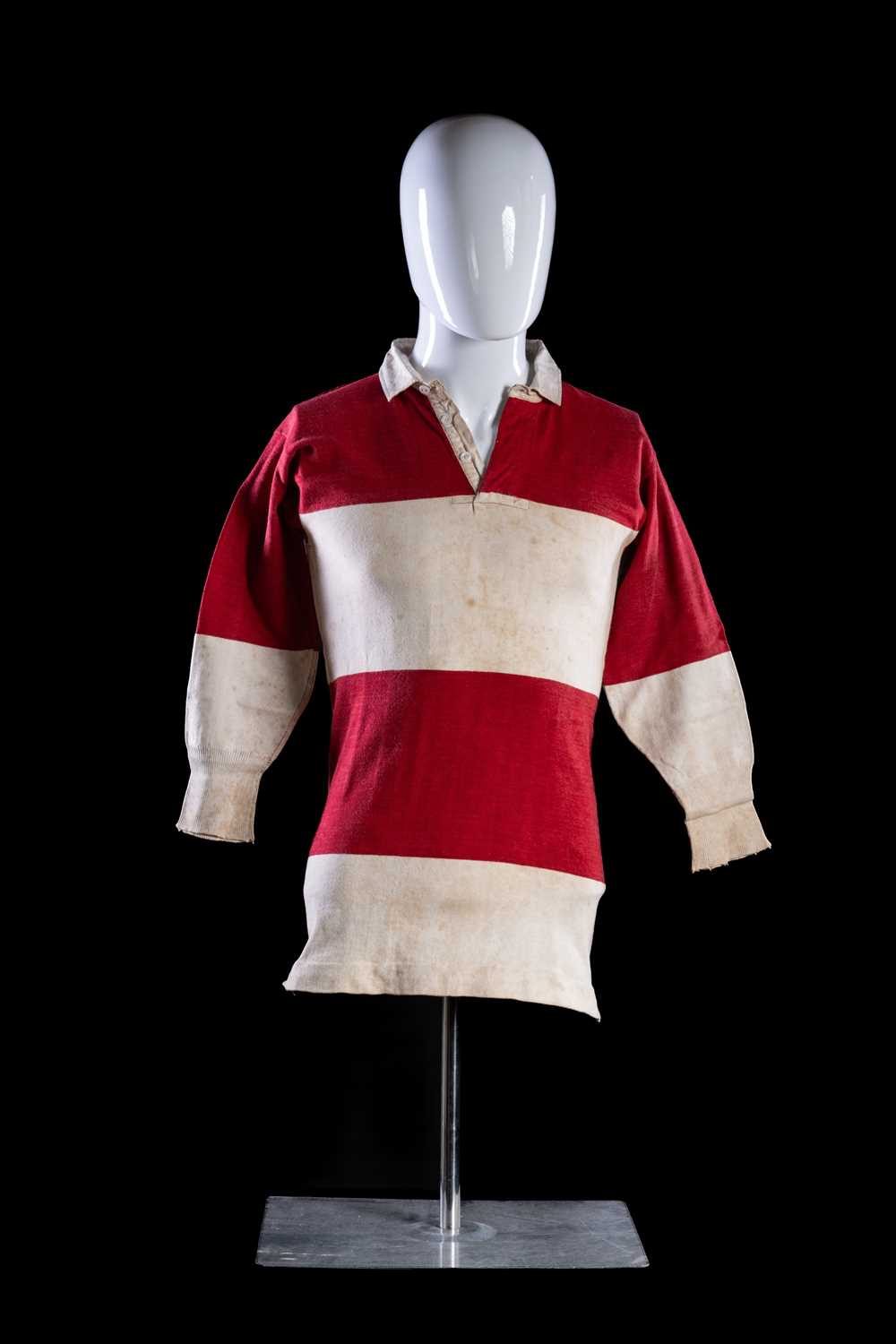
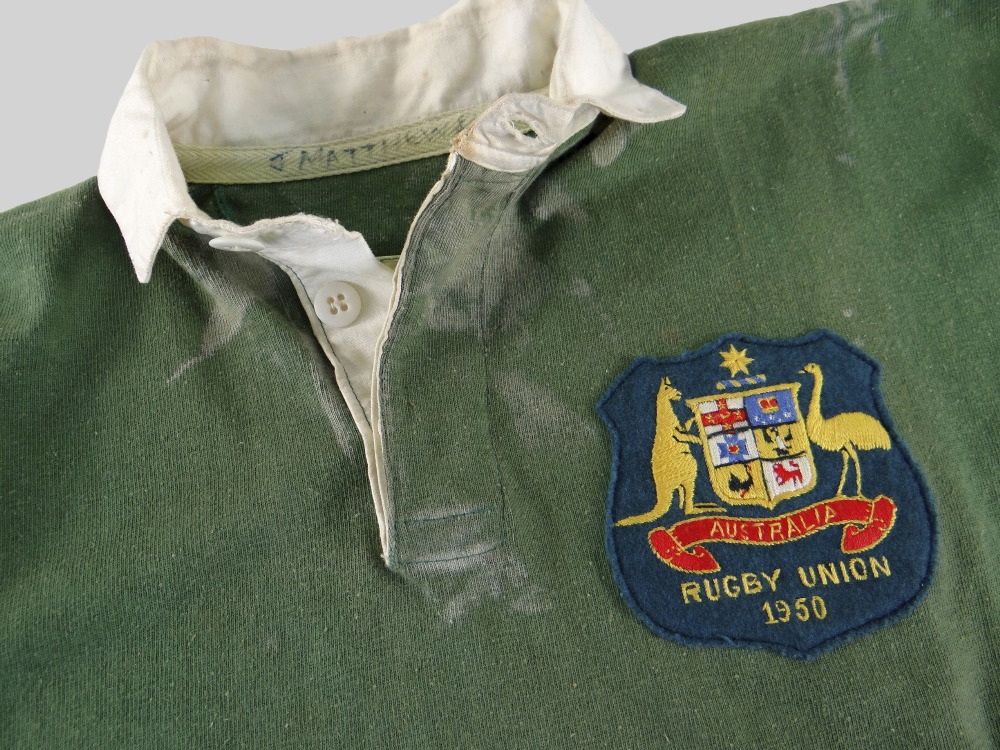


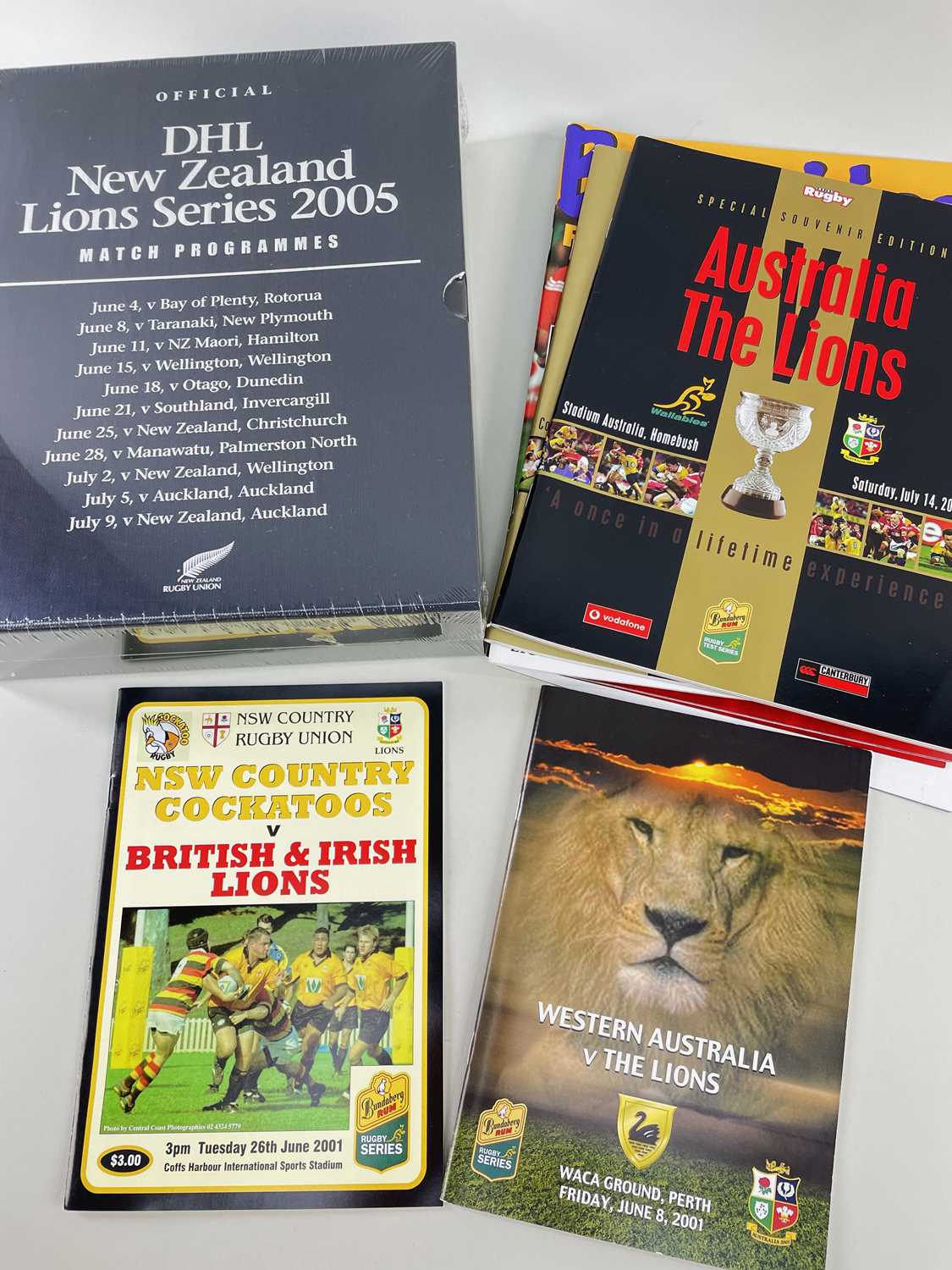
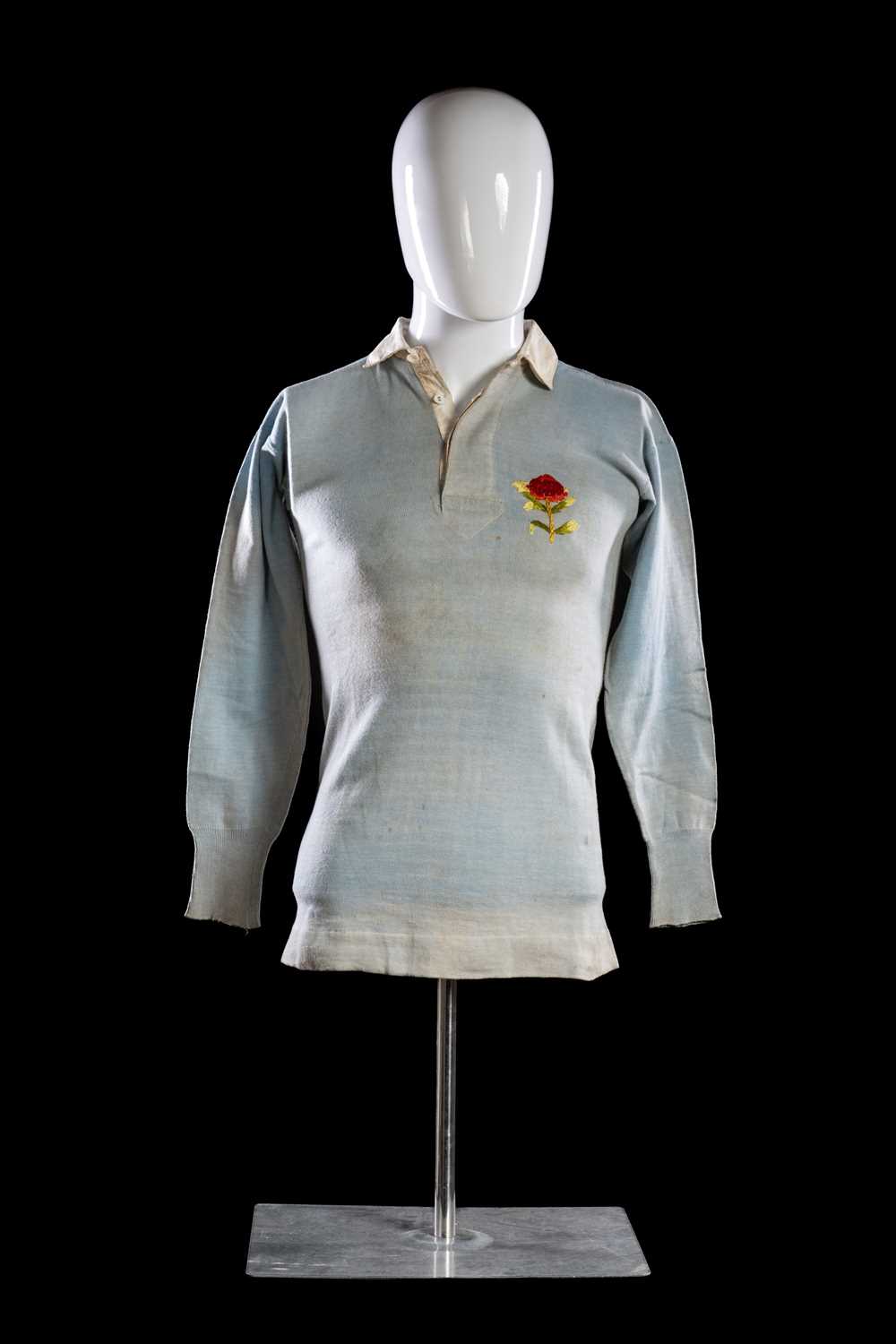
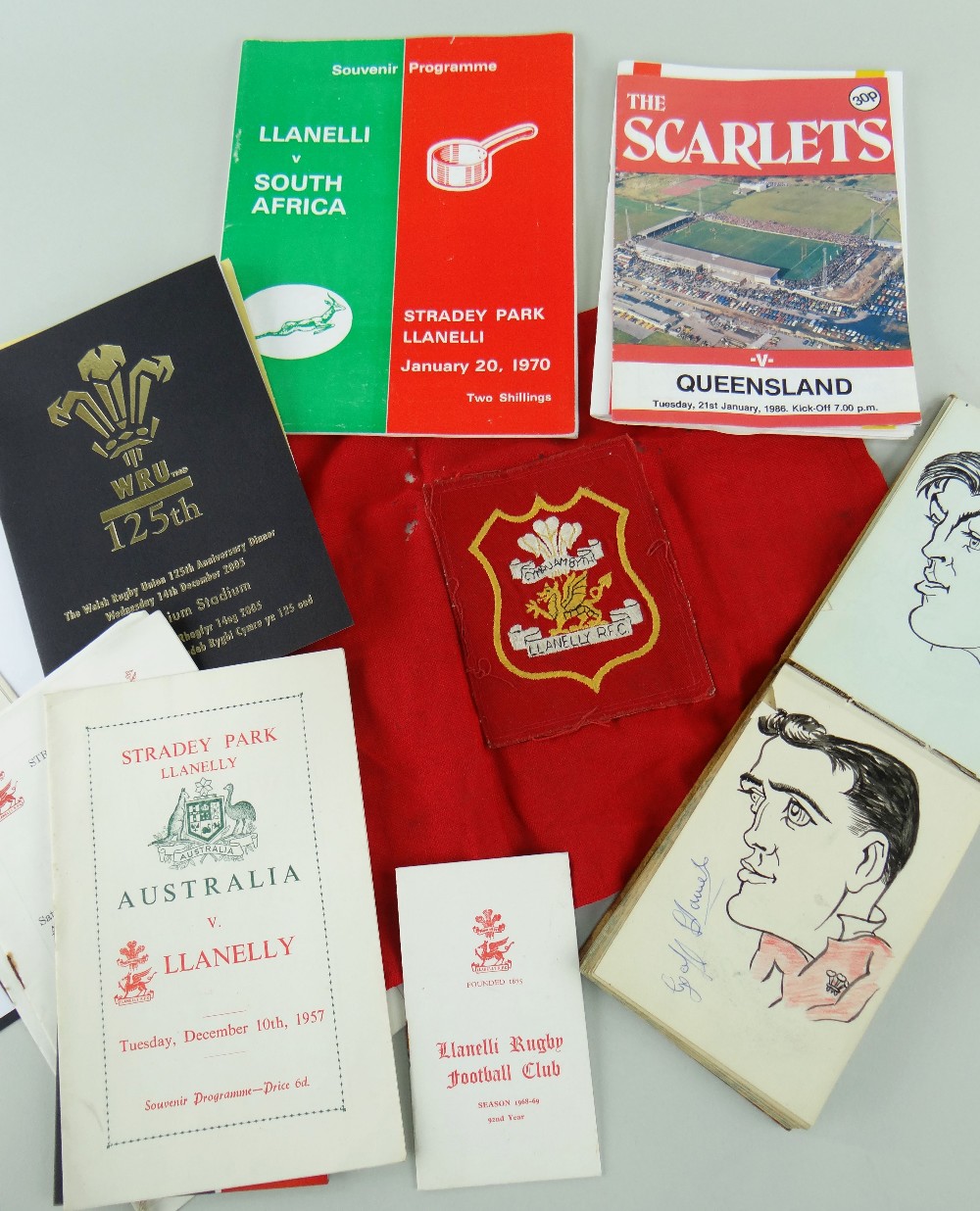
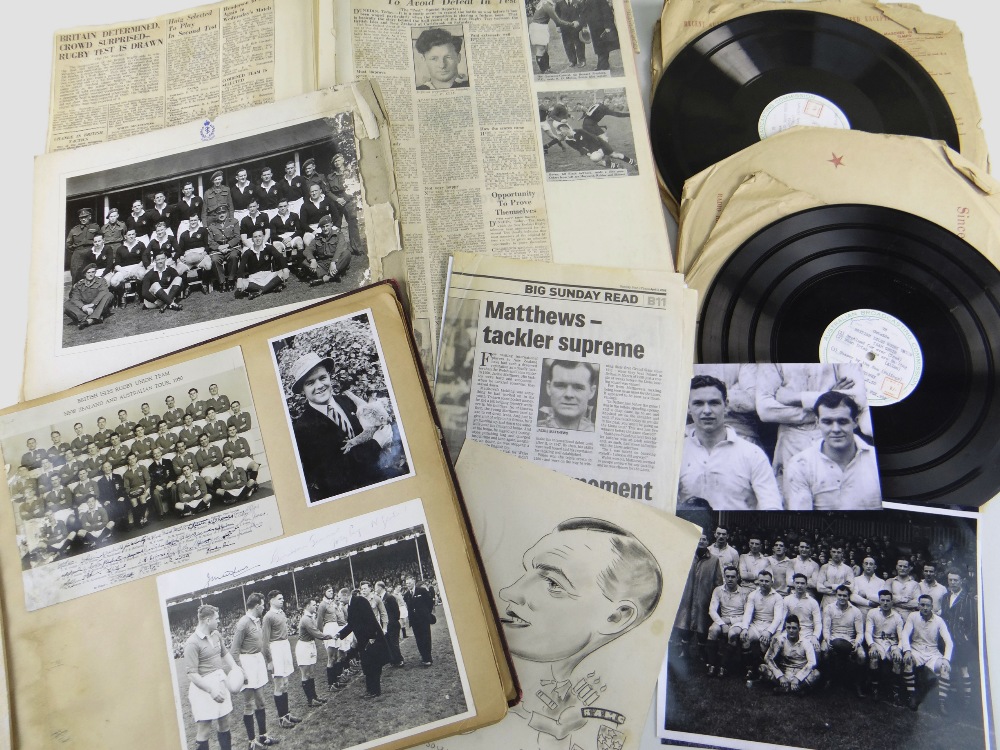
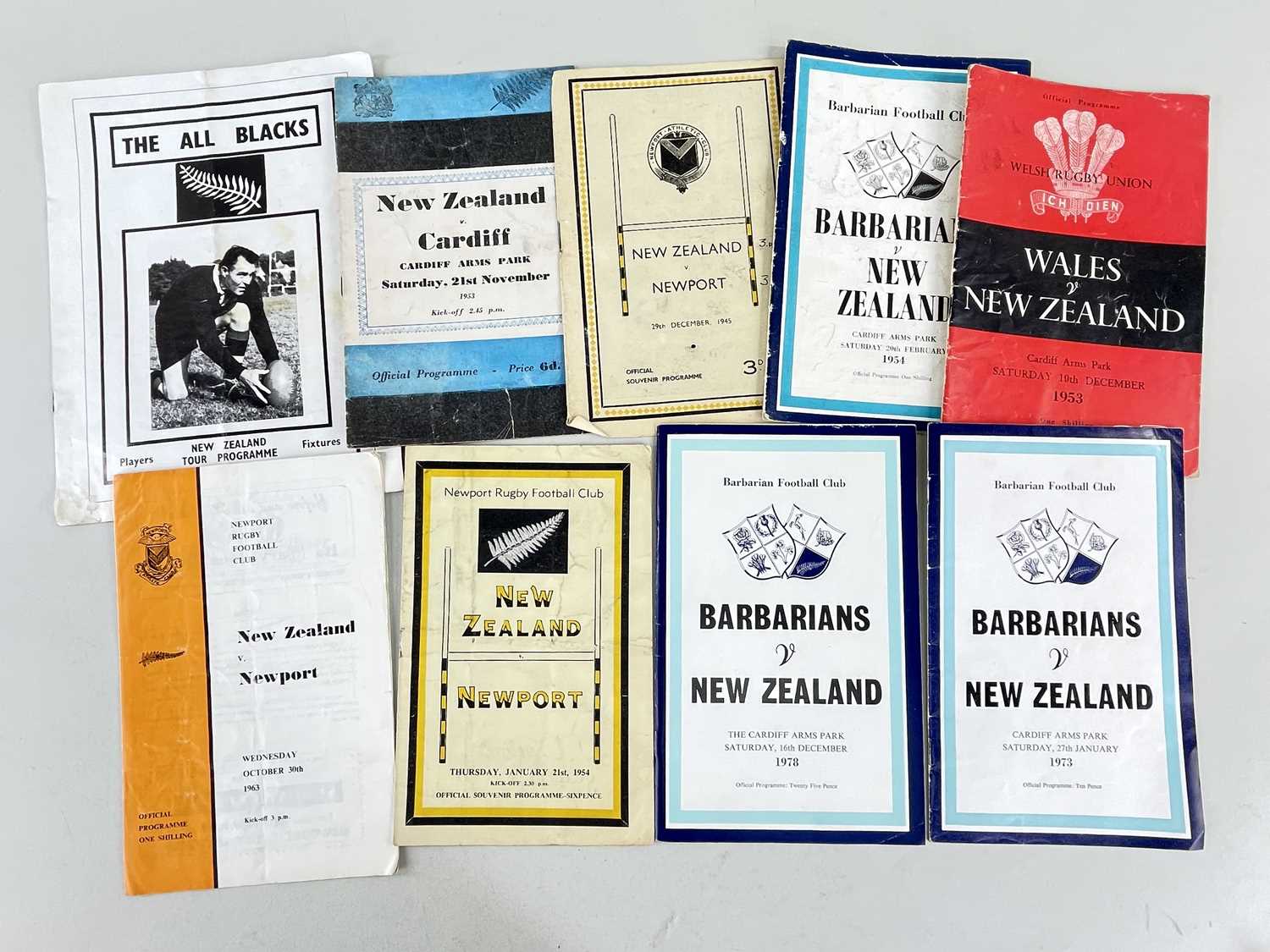



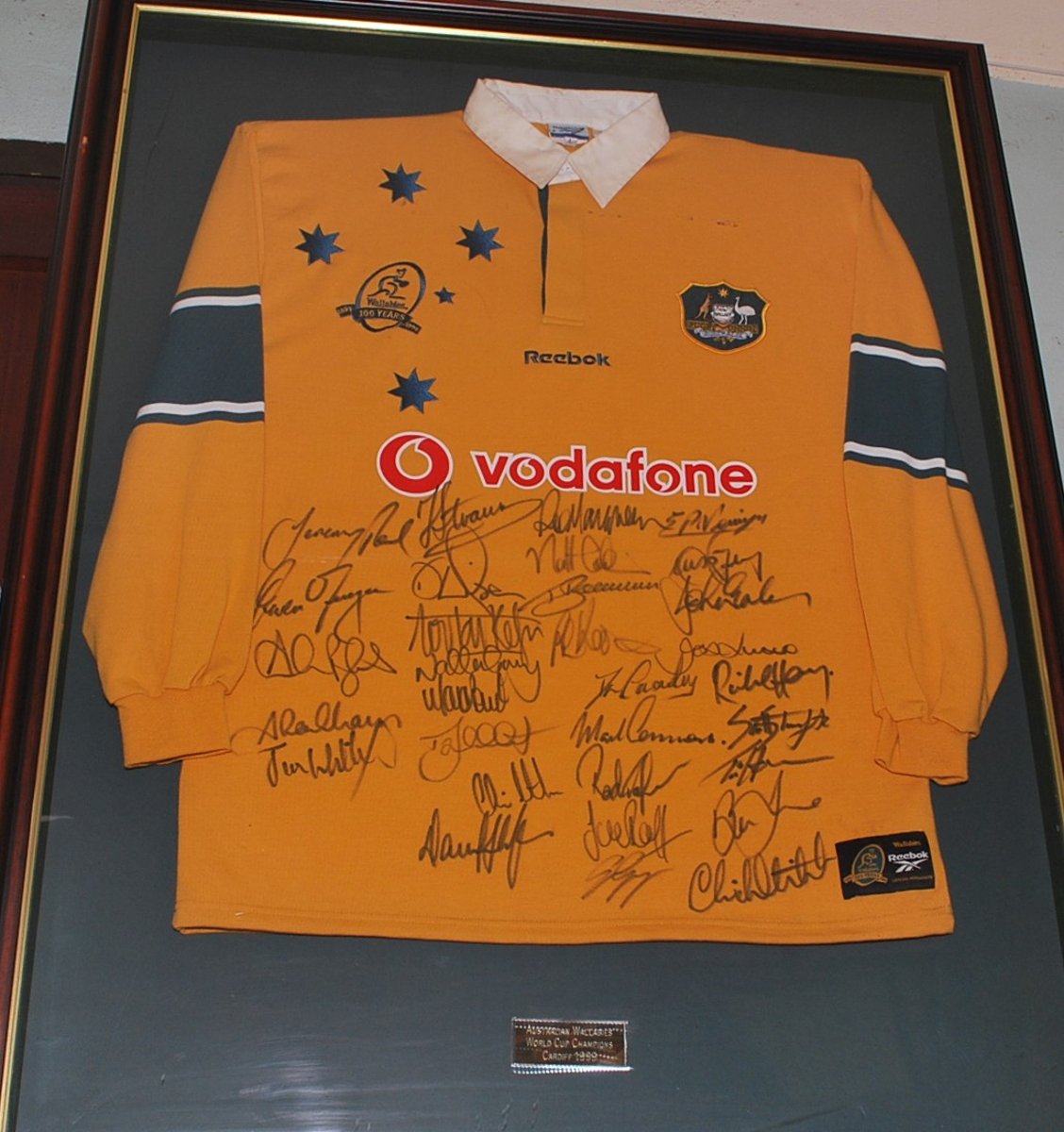
Testen Sie LotSearch und seine Premium-Features 7 Tage - ohne Kosten!
Lassen Sie sich automatisch über neue Objekte in kommenden Auktionen benachrichtigen.
Suchauftrag anlegen